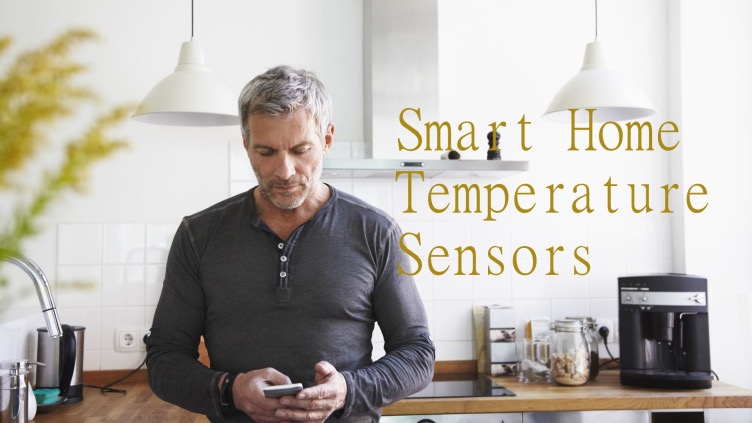Arduino Uno Sensor: A Guide to Understanding Sensors and their Applications
Introduction
When it comes to working with sensors, Arduino Uno provides a great platform for experimentation. With the help of various sensors, you can measure and analyze different physical quantities such as temperature, humidity, light, sound, motion, and many more. In this guide, we will walk you through the basics of using sensors with Arduino Uno.
Understanding Sensors
Sensors are devices that detect and respond to changes in the environment. They convert physical stimuli into electrical signals that can be read by microcontrollers like Arduino Uno. There are different types of sensors such as analog, digital, and smart sensors. Analog sensors provide continuous data, while digital sensors provide discrete data. Smart sensors combine both analog and digital features, and they are capable of processing and transmitting data over a network.
Types of Sensors and Their Applications
There are numerous types of sensors available in the market, each with its unique features and applications. Here are some of the most popular sensors:
- Motion Sensors: These sensors detect motion and movement. They are commonly used in security systems, lighting controls, and home automation.
- Temperature Sensors: These sensors detect changes in temperature and provide accurate readings. They are commonly used in thermostats, weather monitoring systems, and HVAC systems.
- Light Sensors: These sensors measure the amount of light in the environment. They are commonly used in photography, security systems, and smart homes.
- Sound Sensors: These sensors detect sound waves and convert them into electrical signals. They are commonly used in audio recording systems, noise monitoring systems, and home automation.
Connecting Sensors to Arduino Uno
Connecting sensors to Arduino Uno can be done in several ways, depending on the type of sensor. However, most sensors use either analog or digital pins on Arduino Uno. Analog pins are used for analog sensors, while digital pins are used for digital sensors.
Reading Sensor Data with Arduino Uno
Once you have connected the sensor to Arduino Uno, you can read its data using the programming language supported by Arduino Uno. For example, if you are using the Arduino IDE, you can use the analogRead() function to read data from an analog sensor connected to an analog pin, or the digitalRead() function to read data from a digital sensor connected to a digital pin. You can also use libraries that are specifically designed to work with different types of sensors.
Conclusion
In conclusion, understanding how to use sensors with Arduino Uno is an essential skill for anyone interested in electronics and programming. Whether you want to create a smart home system or a weather monitoring station, sensors play a crucial role in making it happen. By following this guide, you should have a basic understanding of sensors and their applications, and you should be able to start experimenting with different types of sensors using Arduino Uno.





